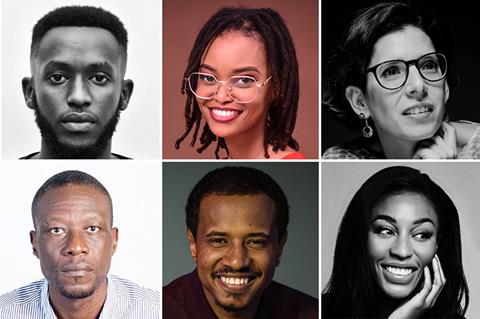
Angolan producer Kamy Lara is developing a slate of projects through her Luanda-based company Uika Filmes led by Vanda, a portrait of a middle-aged woman dealing with personal grief and societal indifference.
The reality of producing films in Angola means operating in a country with almost no public funding, limited access to private investment and a fragile technical infrastructure.
“We have to be resourceful and build everything from the ground up, teams, equipment access, logistical networks,” Lara explains. “Another major challenge is the lack of formal distribution channels, which makes it hard for our films to reach local audiences.”
Such constraints “push us to be more inventive and to forge strong collaborative communities”, she says.
Lara is one of the six producers from African countries taking part in Locarno’s Open Doors Producers programme. She is attending the festival in the hope of further developing Vanda with an international perspective - without diluting the deep local roots of the project.
Moustapha Sawadogo from Burkina Faso is also attending Open Doors this year. Sawadogo and his Future Films banner are benefting from the country’s strong tradition of cinematographic culture and cinemagoing that is seeing a growing interest from audiences in local production.
Among his projects is Princesse Téné, a contemporary crime thriller directed by Burkinabè director Fabien Dao, set in the country’s capital Ouagadougou. The idea for Princesse Téné came from a desire to pay tribute to Burkina Faso’s founding myth of Princess Yennenga, a woman who stole her father’s horse to flee in search of love, returning with the heir to the throne and founding the Mossi kingdom.
“Africa is a land of history, struggles, but also of dreams, creativity and resilience,” says Sawadogo. “Our cinema should not seek to imitate other models, but to assert its difference, to invent its own forms, its own rhythms, to draw on our myths, our rites, our pains and our joys, in order to speak to the universal.”
Bukina Faso boasts the annual Panafrican film festival of Ouagadougou (FESPACO) and sub-Saharan Africa’s first film school but national film funds are limited and there is a lack of top-class technical infrastructure – be it equipment or studio space – and distribution networks are in their infancy.
In a similar way, Ethiopia’s creative sector is also struggling with a lack of infrastructure and limited public funding, as well as high taxation rates for companies that can stifle the potential growth of production companies.
Ethiopian filmmaker Leul Shoaferaw is attending Open Doors with his project The Headstone, a coming-of-age story about a son and father attempting to reconnect after a civil war that kept them apart for years. He is producing through his WAG Entertainment. Shoaferaw’s vision for Ethiopia’s creative sector is to develop a sustainable, competitive ecosystem that bridges local and global markets. His credits to date include limited TV series Addis Love for South African pay-TV company M-Net, on which he piloted a model of working with over 150 emerging talents to provide them with the chance to learn on the job.
“Ultimately, the goal is to position Ethiopia as a key player in the global creative economy. This involves not only producing world-class films but also advocating for policy changes that support the sector’s growth,” says Shoaferaw. “By combining local expertise with global best practices, I hope to contribute to a thriving creative ecosystem that transforms challenges into opportunities, creating a lasting impact for young Ethiopian talents.”
Personal finance
A lack of formal funding structures forces filmmakers to invest their own money into filmmaking, says Kenyan filmmaker and 2025 Open Doors participant June Wairegi.
“We operate in a fragmented space funded by personal investment and international grants,” she eplains. “Coupled with limited physical distribution infrastructure, that leads to little visibility for most films.”
There are only 14 cinema in Kenya, with most in the capital Nairobi.
Wairegi is attending Open Doors with the romantic action title The Color Yellow (Manjano). It is written and directed by Omar Hamza who drew inspiration for the setting from his childhood growing up on the island of Mombasa.
Wairegi established her Giza Visuals outfit “to help create a self-sustaining pan-African film industry, with entertaining yet soulful films that increase the global appetite for African-led stories”, she explains.
Rwandan producer Yannick Mizero Kabano is working towards a the same goal. Producing films in Rwanda comes with a potent mix of tantalising promise and persistent hurdles, says the producer who is attending Open Doors with an action-thriller called Mado. Set in the underbelly of Kigali, Mado follows a woman whose life is upended when her husband dies under suspicious circumstances.
“One of the biggest challenges is we don’t yet have enough trained crew across key departments to support multiple productions at the same time,” he says.
Securing distribution for homegrown films is difficult in Rwanda as there are few local cinemas and limited access to wider African and global markets. Kabano is looking to Open Doors for mentorship on how to navigate international co-productions.
“Building long-term relationships, with producers, script consultants and potential co-financiers, is a must because working in isolation is no longer sustainable for us,” notes Kabano.
The challenge for film producers in Zimbabwe is the lack of supportive film production systems, says Zimbabwe’s Kudi Maradzika. She is bringing Death And It’s Friends, a dark comedy drama about inheritance, both emotional and material, to Open Doors.
“While Zimbabwe is rich with narrative complexity, the absence of funding, training infrastructure, and co-production frameworks makes it difficult to scale projects,” says Maradzika.
Like the majority of attendees, the search is on for long-term collaborators — producers and partners “who understand the complexities of making African films that are both intimate and ambitious”, says Maradzika.



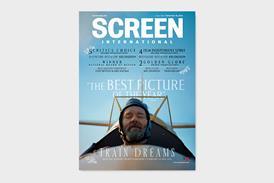
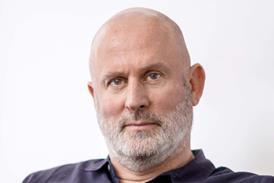

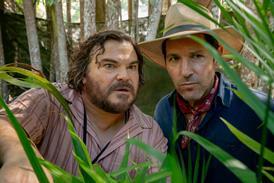

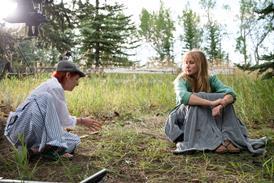
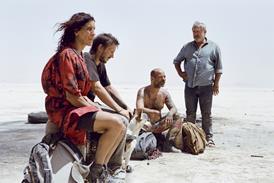














No comments yet